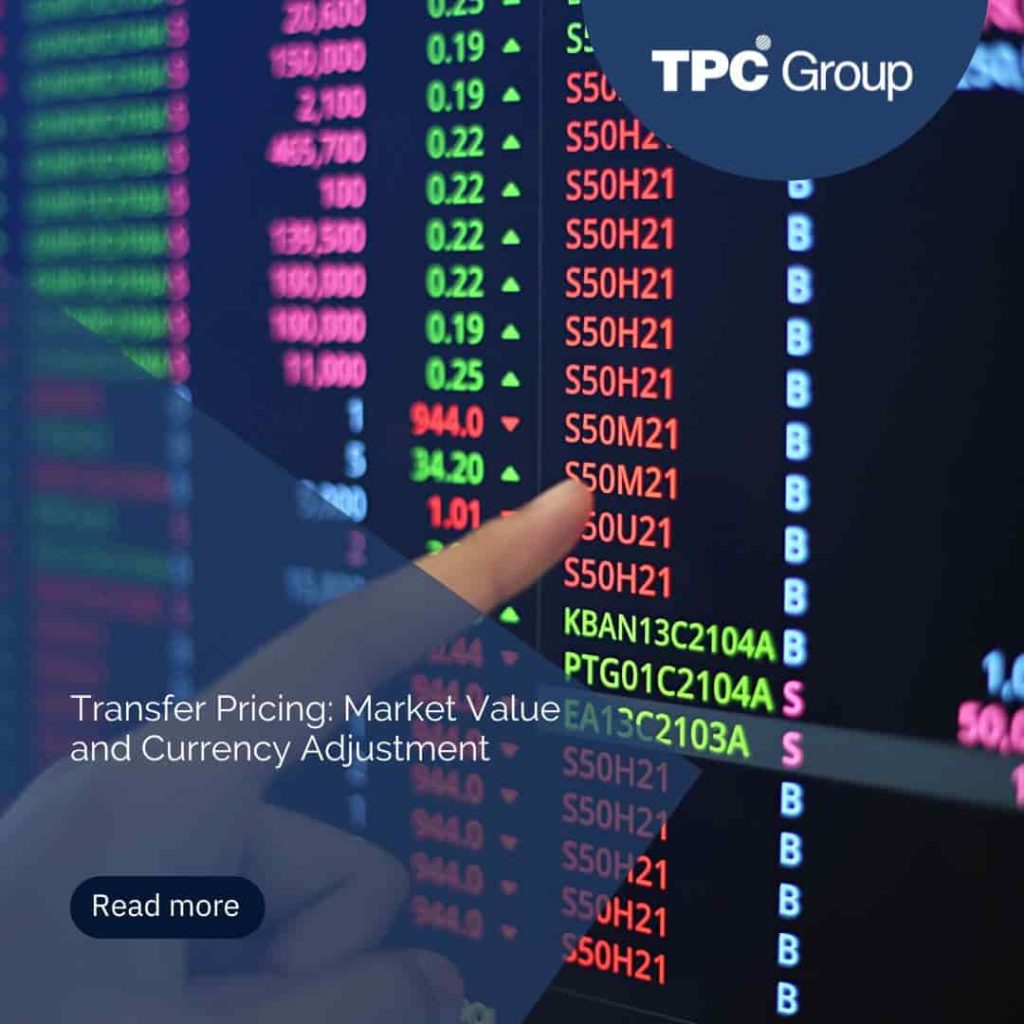Background
Through CASSATION No. 19941-2023-LIMA, published on January 15, 2024, the Supreme Court emphasizes that the discretionary powers of the Tax Administration should not be arbitrary in any case, nor those related to the Transfer Pricing scope.
This case arises in the context of a Transfer Pricing audit procedure, in which the (i) adjustment to the market value by application of the Transfer Pricing rules (application of the transactional net margin method) and (ii) the application of the functional currency were arbitrary.
SUNAT’s Discretion
The Court has pointed out that both the analysis and the application of the Transfer Pricing rules are intended to ensure that related party transactions or those located in low or no-tax territories are carried out at market value by comparing them with transactions under similar conditions.
Therefore, the Administration can make the necessary adjustments to ensure compliance with the valuation rule; conversely, this optional exercise by SUNAT should not be arbitrary or unreasonable.
Supreme Court’s Conclusion
In this regard, in the contested case, the Administration compared the operating profit of a company in liquidation, which included losses from Commodity Derivative Financial Instruments, with that of other companies that did not record losses from such commodity financial instruments (for hedging purposes) but from Currency Derivative Financial Instruments; i.e., through forward contracts; which is recorded after the operating profit.
The Court reinforces its arguments by pointing out that the adjustments of the taxpayer to achieve comparability cannot be eliminated and that the currency used in the Transfer Pricing reports of the tested company must be the same expressed in the Financial Statements to determine the margins and ratios by applying the Transactional Net Margin Method (which was U.S. dollars – functional currency).
Source: El Peruano 30/01/24




